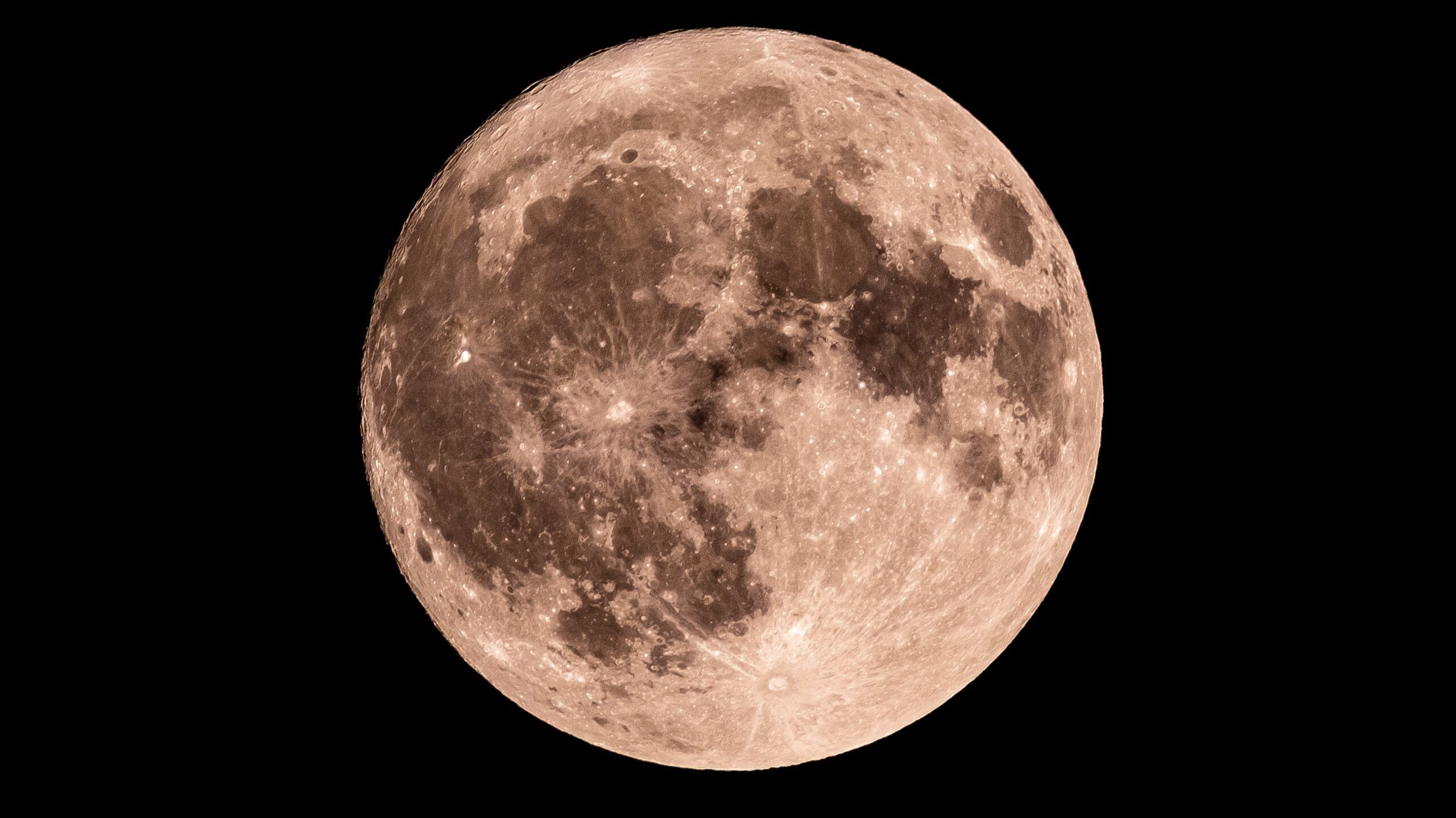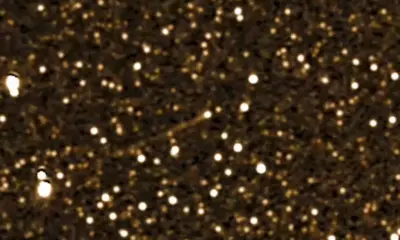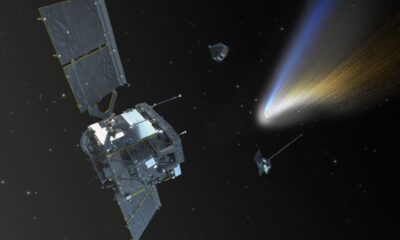Science
Discover the Moon: Third Quarter Phase Observed on September 14

The moon enters the **Third Quarter phase** on **September 14**, showcasing a 49% illumination as viewed from Earth. This marks day 22 of the lunar cycle, a period characterized by eight distinct phases that follow a **29.5-day** orbital pattern. According to **NASA**, these changes in visibility occur as the sun illuminates various portions of the moon while it orbits our planet.
As the moon transitions through its phases, tonight presents an opportunity for skywatchers to observe several features on its surface. Without any equipment, stargazers can spot the **Tycho Crater** and the **Copernicus Crater**. Those equipped with binoculars may catch a glimpse of the **Gassendi Crater** and the **Alphonsus Crater**. For those with telescopes, the **Schiller Crater** and the **Fra Mauro Highlands** provide an intriguing focus.
Upcoming Lunar Events
The next full moon is scheduled for **October 6**, following the last full moon which occurred on **September 7**. Understanding moon phases is essential for both amateur astronomers and casual observers. As described by **NASA**, the phases are the result of the moon’s orbital path, which alters the angles between the **Sun**, **Moon**, and **Earth**.
The cycle begins with the **New Moon**, when the moon is positioned between the Earth and the Sun, rendering it invisible from our perspective. It then progresses through several phases:
– **Waxing Crescent** – A small sliver of light appears on the right.
– **First Quarter** – Half of the moon is illuminated, appearing as a half-moon.
– **Waxing Gibbous** – More than half is lit but not yet full.
– **Full Moon** – The entire face of the moon is fully illuminated.
– **Waning Gibbous** – The moon starts to lose light on the right side.
– **Last Quarter (or Third Quarter)** – The left side is now lit, appearing as another half-moon.
– **Waning Crescent** – A thin sliver of light remains on the left before the cycle restarts.
This cyclic phenomenon is not only a captivating aspect of the night sky but also an important element in various cultural and scientific contexts. As the moon continues its journey through the night, observers are encouraged to take a moment to appreciate the beauty and complexity of this celestial body.
-

 Technology5 months ago
Technology5 months agoDiscover the Top 10 Calorie Counting Apps of 2025
-

 Health3 months ago
Health3 months agoBella Hadid Shares Health Update After Treatment for Lyme Disease
-

 Health3 months ago
Health3 months agoErin Bates Shares Recovery Update Following Sepsis Complications
-

 Technology4 months ago
Technology4 months agoDiscover How to Reverse Image Search Using ChatGPT Effortlessly
-

 Technology1 month ago
Technology1 month agoDiscover 2025’s Top GPUs for Exceptional 4K Gaming Performance
-

 Technology3 months ago
Technology3 months agoElectric Moto Influencer Surronster Arrested in Tijuana
-

 Technology5 months ago
Technology5 months agoMeta Initiates $60B AI Data Center Expansion, Starting in Ohio
-

 Technology5 months ago
Technology5 months agoRecovering a Suspended TikTok Account: A Step-by-Step Guide
-

 Health4 months ago
Health4 months agoTested: Rab Firewall Mountain Jacket Survives Harsh Conditions
-

 Lifestyle5 months ago
Lifestyle5 months agoBelton Family Reunites After Daughter Survives Hill Country Floods
-

 Health3 months ago
Health3 months agoAnalysts Project Stronger Growth for Apple’s iPhone 17 Lineup
-

 Technology4 months ago
Technology4 months agoHarmonic Launches AI Chatbot App to Transform Mathematical Reasoning




















